A headline floated across the media a few days ago. Eighteen films nominated at the 2023 Academy awards, across categories, have been cut by women. There was a collective gasp of surprise. Yet this should not have been news to us. Filmmaking has seen an influx of women directors and technicians in recent years – but the dark hallowed editing rooms are not new to women, throughout the history of cinema. Albeit this legacy is lesser known. In talking about the experience of editors, and the art of editing- there will be more awareness and appreciation of women editors in Indian cinema.
It is difficult to mark a pioneer. Margaret Booth was a “cutter” and “joiner” for DW Griffith in 1915 and later for Mayer and Irving Thalberg. Anne Bauchens, an exclusive editor to Cecil B DeMille, started her career in 1918 and ended it by cutting DeMille’s The Ten Commandments (1956). Viola Lawrence edited Orson Welles’ The Lady from Shanghai (1947). The much-lauded noir is remembered for Rita Hayworth in front of the camera, but unfortunately, the woman who sent back Welles to shoot the close-ups required for the edit is mostly forgotten.
“Back then (1983) FTII had just introduced a few technical departments. My two options were editing and cinematography. There were no women faculty or technicians… We were never taught films from a woman’s point of view… and each year we had about two women (students).”
Bina Paul
Worse yet, is one of cinema’s milestones that buried its editor behind her spousal role. Being Dziga Vertov’s wife is not the only credit to Elizaveta Svilova’s name. She pioneered the famous “Russian montage” when she edited Vertov’s The Man with a Movie Camera (1929). What could be more violent than these silent burials? Erasure. Jolanda Benvenuti, the editor of most of Roberto Rossellini’s films, was not even credited for history’s two greatest films- Rome Open City (1945) and Paisan (1946). Not all women editors were served such unkindness but most of them continue to be enshrouded in anonymity- from Blanche Sewell (Wizard of Oz, 1939) to Thelma Schoonmaker (Irishman, 2019).

This history is not specific to Hollywood or the films of the Global North- but India as well. Not many know or remember that India’s first film editor was Saraswatibai Phalke. She might still be remembered as Dadasaheb Phalke’s wife but rarely for her work. From perforating reels to mixing chemicals – Phalke’s work dates back to 1913.
“I get work calls where people specifically say that they wanted to work with me because I am a woman and they wanted me to bring a woman’s perspective through the edit. It’s funny and sad at the same time that people want to work with you just because you are a woman editor and not because you are good at what you do.”
Shweta Chamling
Since then, the likes of Renu Saluja (Jaane Bhi Do Yaaro, 1983) and Bina Paul (Amma Ariyan, 1986) or Aarti Bajaj (Black Friday, 2004) and Namrata Rao (Oye Lucky! Lucky Oye!, 2008) have shaped Indian cinema. Quite like the history of the world, India too has forgotten the silent contributions of editors to the cinema, especially its women. We spoke to four contemporary Indian editors and one veteran to discuss their experience as editors and as women, and how often the crises of these two identities converge.
In conversation with Bina Paul (Amma Ariyan, Mitr My Friend), Tanushree Das (Eeb Allay Oo, Aise Hee), Shweta Chamling (Aamis, Tracing Phalke), Rituparna Saha (A Bid for Bengal) and Sharmistha Chakrabartty (Dilkhush).
Arriving at the edit table
All five of the editors have been formally trained at premiere institutions- The Film and Television Institute of India (FTII) and Satyajit Ray Film and Television Institute (SRFTI). For some, their love and curiosity for films developed their interest in editing, for others the fun of stitching images led to the love of story-telling and cinema.
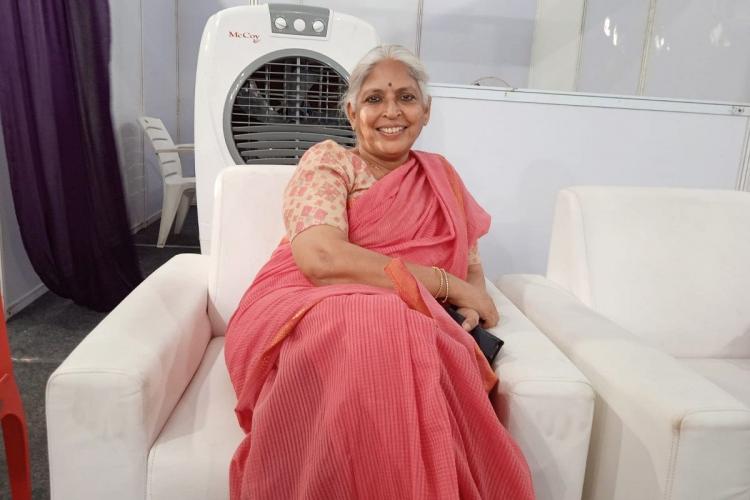
Bina: “Back then (1983) FTII had just introduced a few technical departments. My two options were editing and cinematography. There were no women faculty or technicians… We were never taught films from a woman’s point of view… and each year we had about two women (students).”
“Women editors are more accepted in the industry than women cinematographers, directors or sound recordists. Sadly, some people are still biased and reluctant to accept or trust women in leadership roles and in positions where they are handling heavy technical equipment.”
Sharmistha Chakrabartty
Sharmistha: “Back in 2008, Windows systems had pre-installed software called “movie maker”. I used to put random images in them and try to form a story; it was exciting.”
Shweta: “Editing was one department which fascinated me. I felt in control while trying to build a narrative through the transitions and sound design. It was a fun game where one arranged a jigsaw puzzle.”
Rituparna: “I was interested in both cinematography and editing. However, I always ended up editing the semester projects we had and my faculties recommended I apply for editing in post-graduation.”
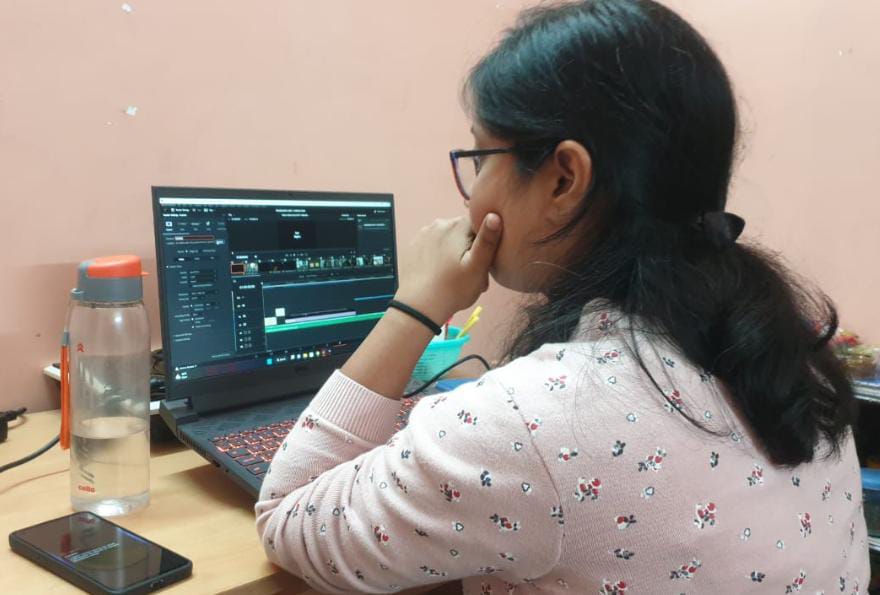
Tanushree: “Because I loved cinema like one loves every bit of a person – their outer and inner self… I loved every aspect of it and wanted to know everything about it. While in FTII, even though I was an editing student, I had friends in all departments. I assisted my friends from the department of art direction. I even acted… as the camera students always needed human models to light up etc.”
Why the legacy?
They were not alone when they arrived at the edit table. They had women across history to accompany them. Women were rarely seen in the role of cinematographers, sound designers or even directors. What determined the department of editing as suitable or even accessible for women? Is it safer for women to be in an editing room than on a set? Why have there been so many editors but not as many directors or cinematographers?
“My parents thought that being an editor would be “safe” and “physically less tiring” for me. If staying in a closed cold room with a machine compared to being on a crowded film set can ensure safety and freedom for women, then we really need to think hard about this.”
Rituparna Saha
While some believe women have been limited to this role because of a bias against women in leadership roles, some voiced that women present a more suitable demeanour as an editor than their male counterparts.
Tanushree: “How are you safe from predators in a closed dark room? In offices and corridors where outside sounds are omitted through soundproof glasses. Man or woman… anyone is vulnerable.”

Rituparna: “My parents thought that being an editor would be “safe” and “physically less tiring” for me. If staying in a closed cold room with a machine compared to being on a crowded film set can ensure safety and freedom for women, then we really need to think hard about this.”
Bina: “I went to work in a brand new studio in Kerala (early in my career)… there were no women around at all. There wasn’t even a loo (toilet) attached to the editing room. They really thought koi ladki aegi nahi yaha pe (no woman shall step inside this room).”
Also read: 5 Women Editors In Indian Cinema We Should Know About
Sharmistha: “Women editors are more accepted in the industry than women cinematographers, directors or sound recordists. Sadly, some people are still biased and reluctant to accept or trust women in leadership roles and in positions where they are handling heavy technical equipment.”
“For me, the analogy that works best is of foster mothers – editors are caregivers for the vision of a director. What you make is not your own, you take the footage, story, ideas, accidents, and mistakes and breathe life into it.”
Tanushree Das
Sharmistha: “…it is not the process or ‘vocation of editing’ that is providing any extra safety or freedom to women artists, rather it is the actions of certain people that makes women in other departments feel unwelcomed.”
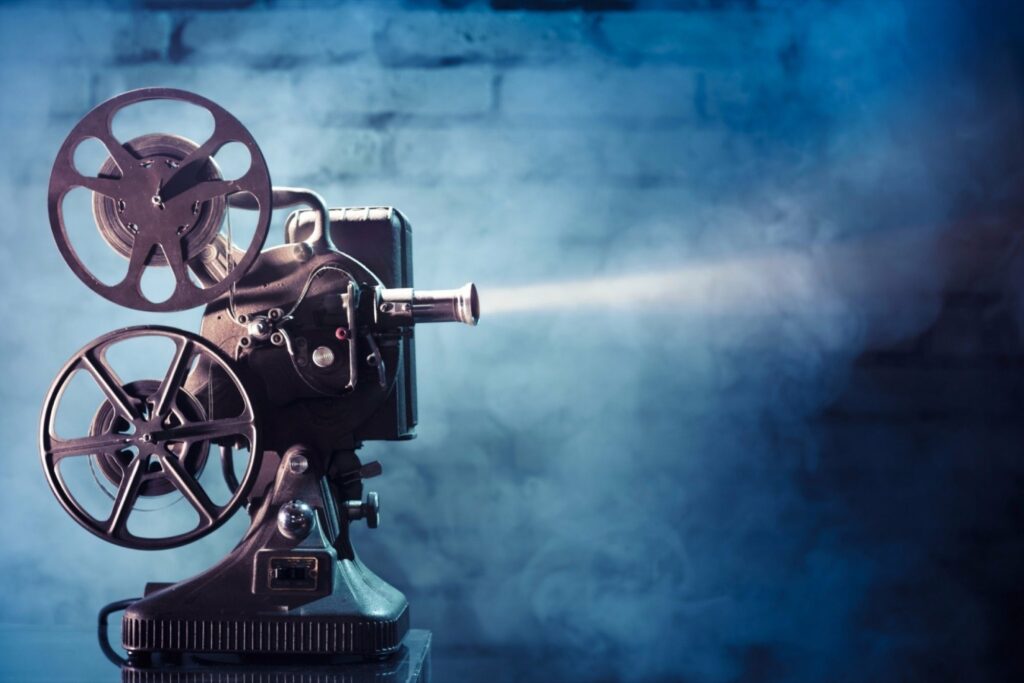
Bina: “The profession is away from the set, number one. Number two, the age-old notion that women are more organised… this is also a factor, that women know how to be patient and organised. The feminine stereotype.”
Shwetha: “… perhaps we are by nature patient and caring (or we have to learn to be, as women in the world). We care for the footage, and dailies, we don’t edit out things but we edit things in.”
Rituparna: “Sometimes, I have heard the directors compare my male peers with me, about their lack of patience and the willingness to listen.”
Sharmistha: “Many directors treat their film in the editing stage as a mother would treat their newborn: too attached and fearful. The more aggressively you try to exert your own voice, the more defensive they might get. Ego clashes between male editors and male directors are not unheard of. It negatively affects the film. Being a woman might actually be helpful here.”
Bina: “We had huge clashes during Amma Ariyan… that is part of the profession. Though I totally respect (cinema) as a director’s medium. My voice is important in shaping those ideas.”
Shwetha: “… the fact remains that film is a director’s medium at the end of the day. That is why we need more women directors and producers, writers and critics and cinematographers and sound designers, and editors.”
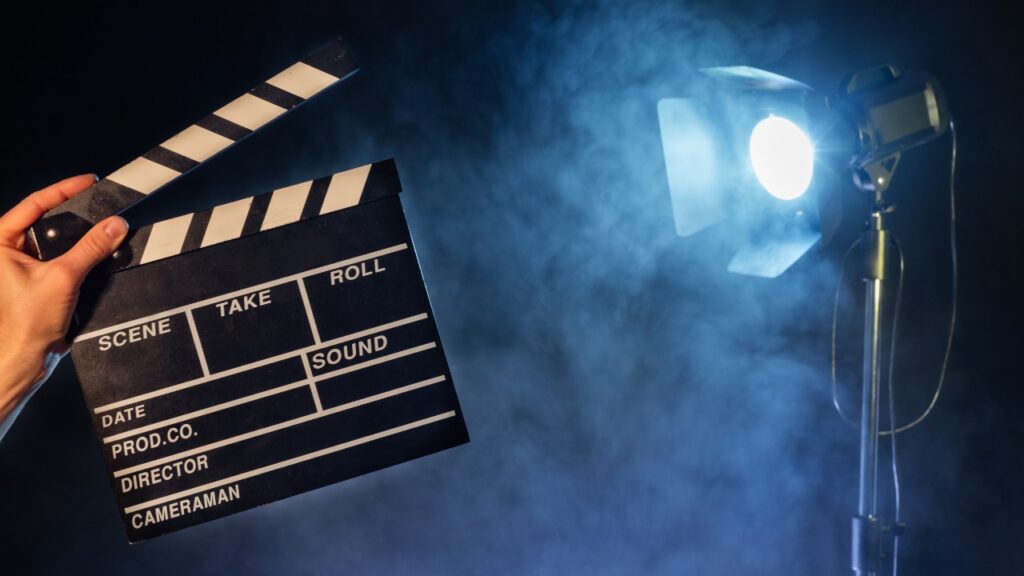
Sharmistha: “‘Cutting and stitching’ films probably seemed like a womanly job- tedious and thankless. A job that had always been neglected: full of labour and away from light.”
Indian women editors in cinema: Evolution and life
The experience of being an editor, an artist of an invisible art form, and a woman, an often invisibilised actor of society – are not unlike. Are they related? Does one crisis further deepen the problems of the other identity? Does working with women directors change this experience?
While some were of the opinion that the inequality was of power and not necessarily gendered, some argued that the need of the hour is to demystify and celebrate the art of editing.
Sharmistha: “My work is to lend a ‘voice of reason’ i.e bringing a detached antithesis to the director’s attached thesis.”
Tanushree: “For me, the analogy that works best is of foster mothers – editors are caregivers for the vision of a director. What you make is not your own, you take the footage, story, ideas, accidents, and mistakes and breathe life into it.”
Also read: ‘Camera Obscura’ To ‘Camera Dentata’: The Evolution Of Women In Malayalam Cinema
Tanushree: “I like the invisibility actually. But it is a very personal opinion. The fact is that every time ‘Eeb Allay Ooo’ is screened and no one asks me a single question even though the film was edited for 14 months. The fact that Kislay’s ‘Aise Hee’ was a 5-hour cut, to begin with ….these are films that found their heartbeat on the edit table but I rarely ever receive a question.”
Bina: “It is a kind of double invisibility. Being a woman and an editor. Though in Kerala now there is a little bit of glamour now because there are no other women (in this profession).”
Rituparna: “If editors are neglected, they are neglected in general… As an editor, irrespective of gender. I would like to have that participation in filmmaking, rather than being a mere operator.”
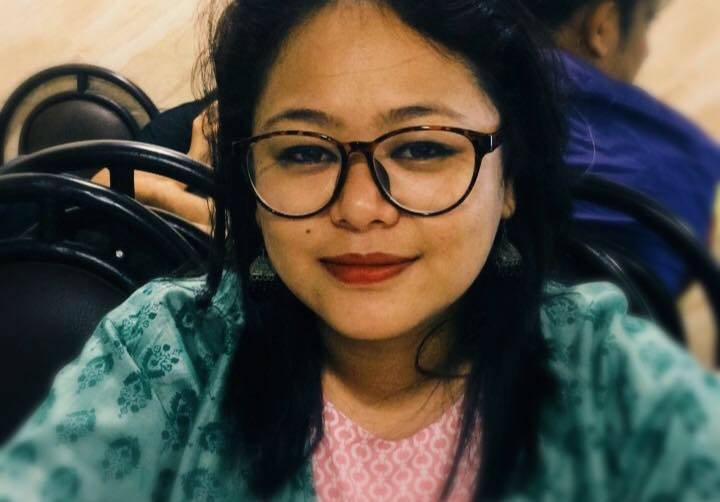
Source: FTII
Shwetha: “I get work calls where people specifically say that they wanted to work with me because I am a woman and they wanted me to bring a woman’s perspective through the edit. It’s funny and sad at the same time that people want to work with you just because you are a woman editor and not because you are good at what you do.”
Bina: “… commercial cinema never approached me. I think that stemmed from the fact that I was a woman. It was a solid boys’ club… having a woman (around) was very discomforting… no complaints but I was never given a chance there. Anyway, my career turned out as it turned out.”
Rituparna: “Once, I was chosen for a film because they needed a woman’s perspective since the main subject was a woman. However, during the edit, they kept on exerting their own perspective on the subject.”
Shwetha: “The bracket of “woman editor” can be used as a limiting trap… I wonder if they will ask a male editor… “Can you bring a male perspective?” Ultimately, the biggest acknowledgement is to be brought on because one is a good editor.”
Bina: “I was always thought of as a second-income person. My husband was a cinematographer… so paying me, everyone pays, but it was not such an important thing.”
Sharmistha: “Don’t deny employment to an artist based on their gender. Don’t hire an artist simply because of their gender. Representation in its true essence is important but tokenism is not.”
As most of the editors in the interview indicated- the remedy is to have more women come into this profession. Women need to be able to tell their stories- as directors, cinematographers and so on. While editors need to celebrate the art as its invisibility is necessitated by its form. In talking about the experience of editors, and the art of editing- there will be more awareness and appreciation of editors. The way to better opportunities and quality of work- is to have more women in the making and reading of cinema.
Shwetha: “The last feature film that I worked on was Emuthi Puthi, in Assamese (2022), directed by Kulanandini Mahanta. It was an almost all-woman crew team… it felt so smooth with so less hassle working with the ladies… working with women directors is always very calming in the editing room. I hope we have more women directors and writers.”
Bina: “Working with women has a very different pleasure that is very difficult to define… the kind of bonding and discussion. Especially in Kerala, directors and assistant directors will drink in the evening, talk about the film… there is an informal space that they inhabit. It was not available to me. With women… that separation does not happen. You are talking about it when you are going on the bus… making tea… there is a sense of equality in terms of spaces.”
Tanushree: “Editing is a tucked-away zone as far as finance and powerplay are concerned. My question to the industry is this: How many producers feel comfortable financing women directors? How do we know that these amazing editors wouldn’t have been incredible directors?”
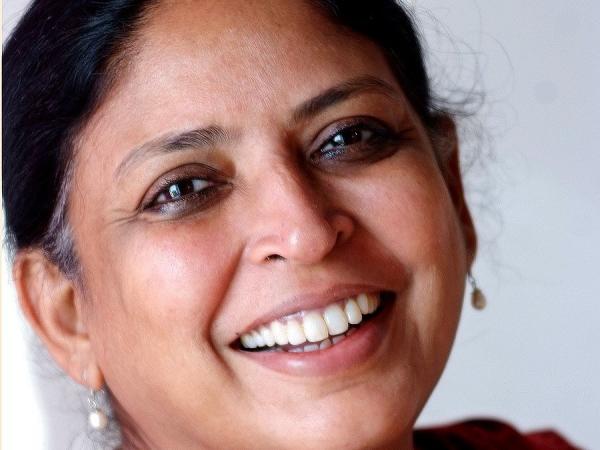
Bina: “Numbers (of women) are still low… Women are coming forward but not enough yet. Numbers are what will be the game changer. WCC was able to pull it up as an issue… and we get reports that people are much more conscious now… even though a lot of times it is derogatory. But they are aware of it.”
(Bina is one of the founding members of WCC: Women in Cinema Collective, Kerala.)
While it is important to celebrate the legacy that women have built in the specific history of editing cinema, it is also crucial to recognise that this vocation was the only one accessible to women due to a lot of biases. Editing is a crucial aspect of film making yet editors are deeply neglected. Women editors have further fought casual sexism, erasure and their autonomy as artists.
Also read: Where Are Bahujan Women In Indian Cinema?
As most of the editors in the interview indicated- the remedy is to have more women come into this profession. Women need to be able to tell their stories- as directors, cinematographers and so on. While editors need to celebrate the art as its invisibility is necessitated by its form. The way to better opportunities and quality of work- is to have more women in the making and reading of cinema.
As Shwetha signed off saying, “I think more women in the cinema or on film sets will make it a safer place for women to work. Also, very importantly, I think we need many more women film critics.”
About the author(s)
She/they is an editor and illustrator from the suburbs of Bengal. A student of literature and cinema, Sohini primarily looks at the world through the political lens of gender. They uprooted herself from their hometown to work for a livelihood, but has always returned to her roots for their most honest and intimate expressions. She finds it difficult to locate themself in the heteronormative matrix and self-admittedly continues to hang in limbo




